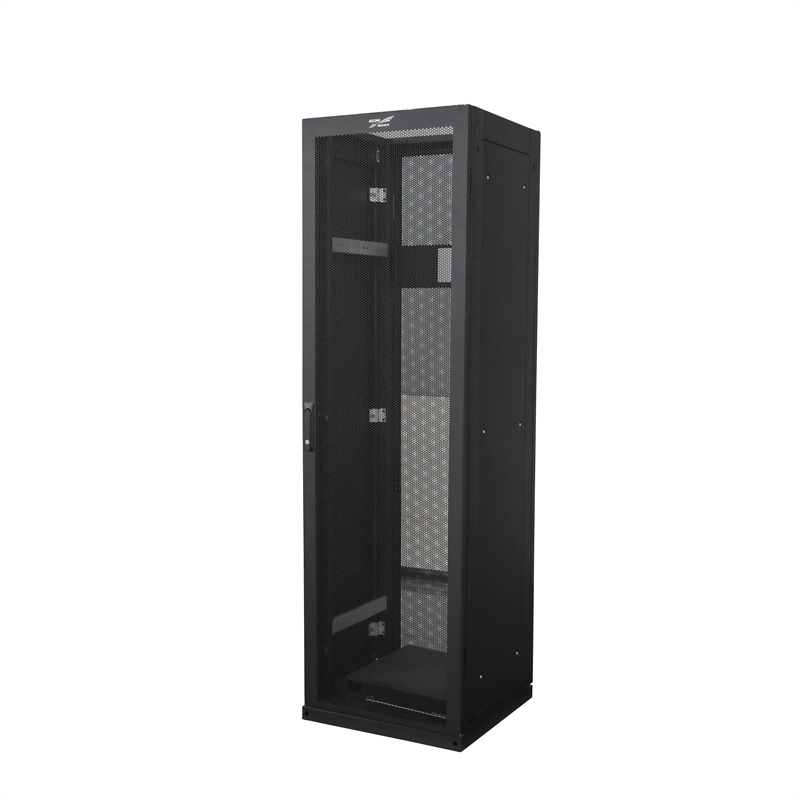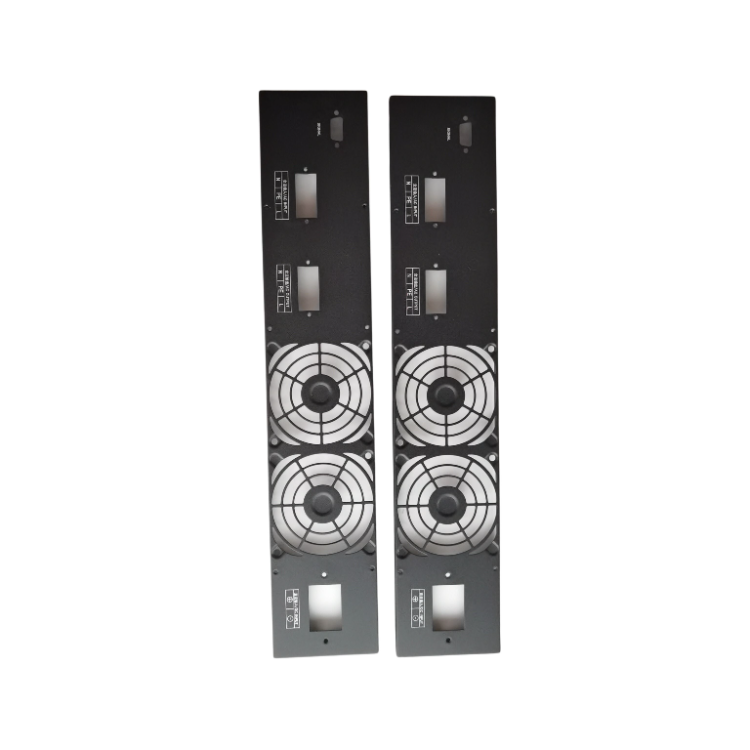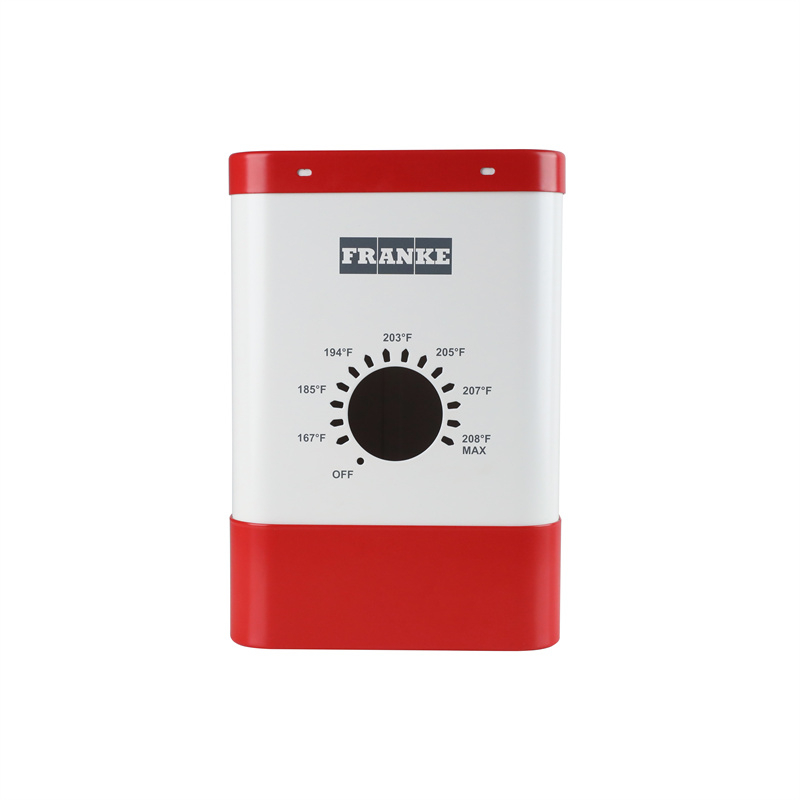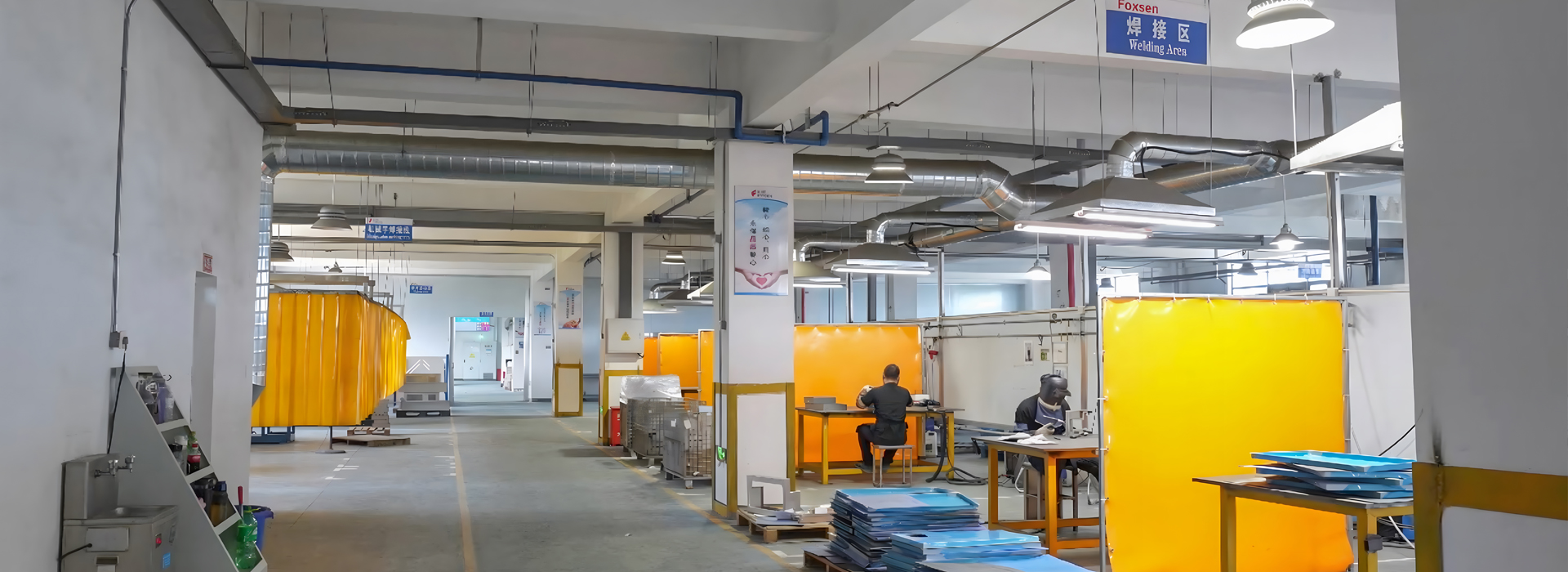Product Link:
https://www.sheetmetalparts.net/products-telecommunication-sheet-metal-parts.html
If you’ve ever wondered how those sleek metal boxes or sturdy brackets in your gadgets or machinery come to life, you’re about to get the scoop. Designing a sheet metal part isn’t just sketching a shape—it’s a hands-on process that blends creativity with some serious know-how. At Foxsen, where I’ve rolled up my sleeves with this stuff, a sheet metal part is a flat piece of metal—think steel or aluminum—transformed through cutting, bending, and joining into something functional, like a casing or a support. Let’s walk through how to design one, step by step, pulling from real-world tricks and numbers I’ve picked up along the way.
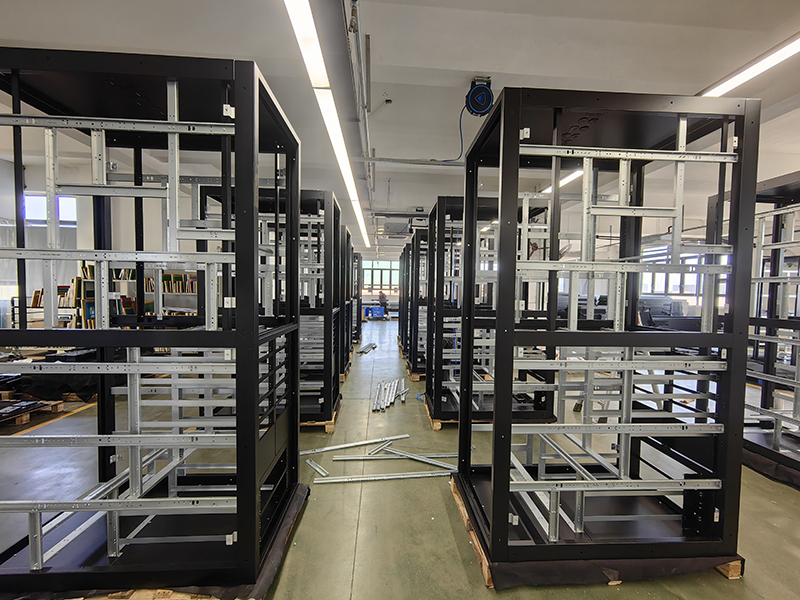
What’s a Sheet Metal Part, Anyway?
A sheet metal part starts as a thin, flat slab—usually under 6mm thick—that gets shaped without changing its thickness. Unlike castings or machined bits, it’s all about bending and cutting that original sheet into something useful, from electronic enclosures to car panels. Materials like cold-rolled steel (SPCC, up to 3.2mm thick, 210 MPa yield strength) or stainless steel (SUS304, 505 MPa tensile strength) are go-tos, each picked for strength, cost, or rust resistance. The design process turns that flat blank into a 3D piece—say, a 400mm × 300mm × 150mm box—while keeping it tough and precise.
Step-by-Step: Designing a Sheet Metal Part
Here’s how you take a sheet metal part from idea to reality, with some hard-earned lessons baked in:
Step 1: Define the Purpose
Start with what it’s for. Is it a bracket holding a 3.5kW load (220V, I = 3500 ÷ 220 ≈ 15.9A) or a shell for an electrical cabinet? Purpose sets the stage—SPCC for a cheap indoor box, SUS304 for an outdoor piece needing IP54 protection (dust and splash-proof). A 2mm-thick SUS304 shell (8.0 g/cm³) might weigh 6-8 kg, built to shrug off 40°C heat or 80% humidity.
Step 2: Pick Your Material
Material choice drives everything:
SPCC: 1.5mm minimum (2.0mm doors, 3.0mm backs per GB05171-1992), affordable at $0.80-$1.00/kg, great for basic parts.
SUS304: 2.0mm, rust-proof up to 870°C, pricier at $2.50-$3.50/kg—perfect for explosion-proof shells.
Aluminum (6061): 2.7 g/cm³, lighter than steel’s 7.8 g/cm³, with 276 MPa strength for weight-sensitive bits.
Tip: High yield strength (like SUS304’s 505 MPa) means more springback—plan for it.
Step 3: Sketch the Blueprint
Draw it up—start with a 3D model, then “unfold” it to a 2D flat pattern. Tolerances matter: outer edges go negative full, positive half; holes flip that (per sheet metal rules). For a 400mm × 300mm box:
Width: Switch widths + 40mm (20mm per side).
Height: Switch height + 40mm.
Depth: Max switch depth + 10mm.
Real-World: A 10-circuit box might hit 400mm × 300mm × 150mm, sized for a 16A breaker.
Step 4: Plan the Cuts
Cutting shapes the blank:
Laser Cutting: 0.1mm precision, ideal for tight holes (e.g., L ≥ r + 2t from bends—4mm on a 2mm sheet with 1mm radius).
CNC Punching: 0.15mm, faster for bulk runs.
Shearing: <0.2mm, cheap for straight edges.
Heads-Up: Explosion-proof shells need sealed cable holes—fireproof mud keeps gaps <1mm.
Step 5: Bend It Right
Bending’s where the magic happens:
Radius (R): Minimum 1.0t—like 2mm for a 2mm sheet—to dodge cracks (0.6t risks tearing per “Twenty things to note in sheet metal processing”).
Edge Height: h ≥ r + 2t (6mm for a 2mm sheet, 2mm radius) for stability.
Springback: SUS304’s 200 GPa modulus means 15% bounce-back—use r/t = 2-3 or over-bend to tame it (20-30% less per “Control strategies for rebound phenomenon”).
Trick: Multi-step bends cut springback for drawer-style parts.
Step 6: Join It Up
Welding or bolting locks it together:
Welding: Double-sided for explosion-proof shells (spots <8mm, dents ≤0.6mm), CO2 for SPCC, argon for SUS304 (505 MPa strength match).
Bolts: ≥6mm grounding bolts, with copper straps—paint-free for safety (per “Distribution box safety hazard inspection method”).
Check: Welds must be smooth—no cracks or burn-through.
Step 7: Finish and Check
Coating: Anti-corrosion paint after rust removal (solvents or alkaline wash)—smooth, no peels (per “Inspection standard for distribution box housing”).
Safety: Grounding bolts, door gaps <1mm, IP3X protection (ssshhh2.5mm block)—tested with an A4 paper pull for seal tightness.
Height: 1.5m-1.8m for home boxes (JGJ 242—2011), 50-100mm bases for factory units (DL/T 5044—2014).
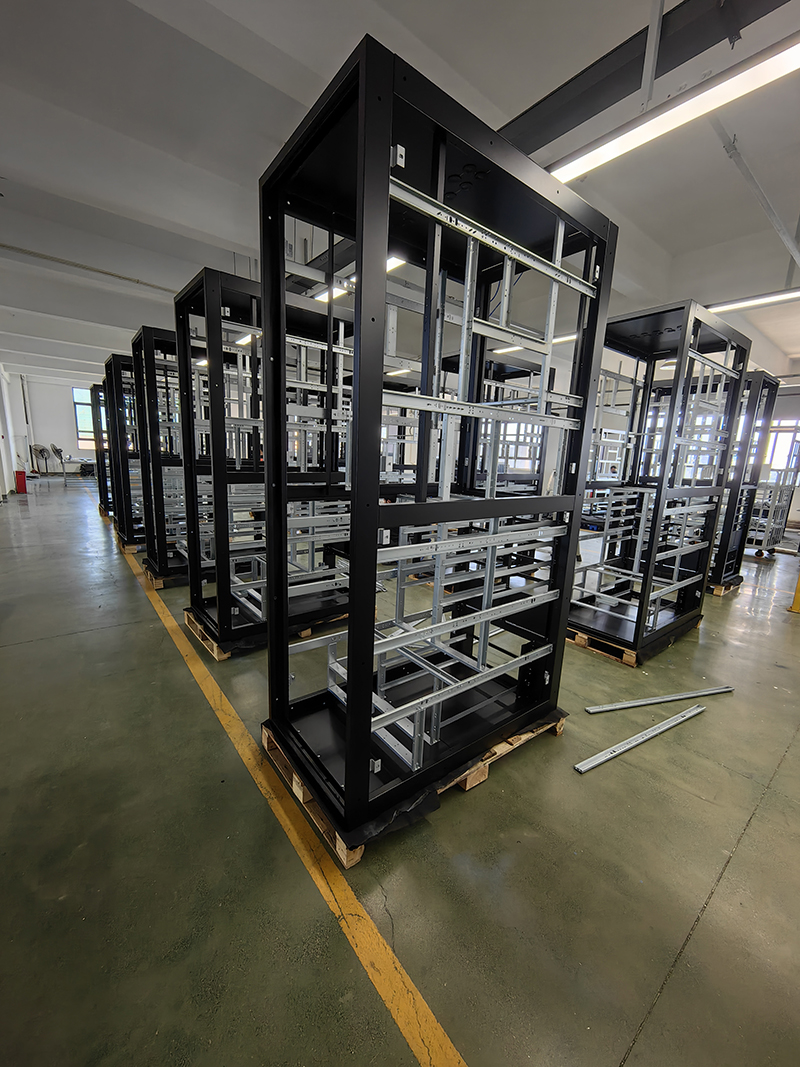
Why It’s a Big Deal
Designing a sheet metal part is about nailing the balance—function meets form. A 2mm SPCC shell (5-7 kg) or SUS304 (6-8 kg) isn’t just metal—it’s a shield for a 16A breaker or a 380V motor setup, cut to 0.1mm, bent with h ≥ r + 2t, and welded tight. Skip the springback fix (15% on SUS304) or botch the grounding, and you’re risking sparks—90% of accidents come from those slip-ups, per safety checks. At Foxsen, it’s how we turn flat sheets into electrical cabinet guts or standalone brackets—tough, precise, and ready to roll. Next time you see one, you’ll know it’s more than a part—it’s a plan brought to life.

